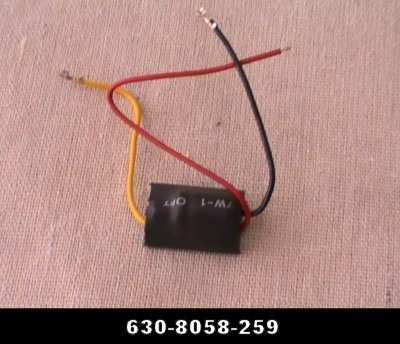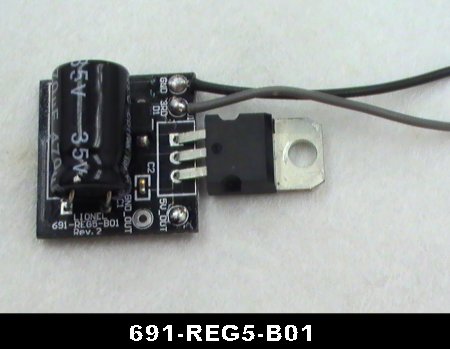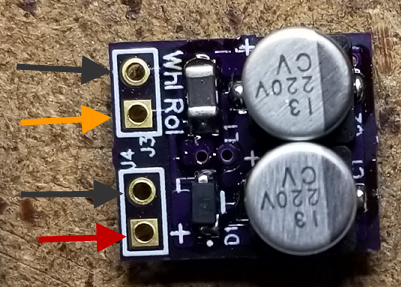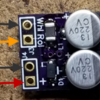Have owned since new in 2000. Tried running it in conventional mode years ago. As I recall it moved but after a short bit of running, quit. It was on complex switchwork, so a short could have happened even though I don't recall sparks or tripping a breaker. Did not try DCS at the time. Has been on the shelf since then, because it wasn't a priority for running at the time.
Today, placed on my DCS test track with confirmed good signal using another PS2 loco just before. On powering up track, engine remains dark and silent. When trying to set up in DCS remote, allowed one minute for BCR to charge, then tried to "add MTH engine." The error message is "no engine found". 18 volts at track, freshly cleaned track, just nothing. It has a BCR1 that I installed in place of the 8.4v battery years ago before sitting on shelf, meaning it has the older 5 volt board, I gather. Cannot remember whether BCR1 went in before or after the brief conventional test run. I know I had not charged its battery before running, if it still had the battery. Have added multiple other PS2 and PS3 engines to this same TIU and remote recently with no problems.
What's next to evaluate? Thanks












